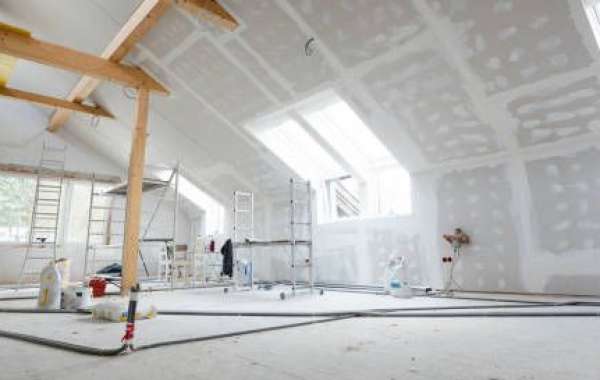Introduction
Plaster damage is a common issue in many homes, often resulting from moisture, age, or impacts. Whether it’s a small crack or a large hole, addressing plaster damage promptly is crucial to maintaining the integrity and appearance of your walls. Fortunately, with the right approach, repairing plaster can be a straightforward DIY task. This article will guide you through simple steps for a long-lasting repair that ensures your walls look as good as new.
Assessing the Damage
Before starting any repairs, it’s essential to assess the extent of the plaster damage. Small cracks may only require a simple patching process, while larger holes might necessitate more extensive work. Begin by cleaning the damaged area, and removing any loose plaster or debris. For hairline cracks, a simple application of filler is often sufficient. If the damage is more significant, you may need to use a plaster patch or even replace entire sections of plaster. Understanding the severity of the damage will determine the materials and methods you’ll need for a successful repair.
Repairing the Damage
Once you’ve assessed the damage, you can begin the repair process. For small cracks, use a putty knife to apply a plaster filler or joint compound, smoothing it over the crack and feathering the edges to blend with the surrounding wall. Allow it to dry completely, then sand the area lightly for a smooth finish. For larger holes, cut a piece of plasterboard to fit the hole, securing it in place with screws. Apply a layer of plaster over the patch, ensuring it blends seamlessly with the existing wall. This two-step approach of patching and smoothing ensures your repair not only fixes the damage but also maintains the aesthetic quality of your walls.
Finishing Touches
After your repairs are complete, the final touches are crucial for achieving a polished look. Once the plaster is dry and sanded, it’s time to paint. Choose a paint that matches your existing wall color to ensure a seamless finish. If the area is particularly large or noticeable, you may want to repaint the entire wall for a uniform appearance. Additionally, consider applying a primer before painting to help the new plaster adhere better and enhance the paint's longevity. Regular maintenance, such as monitoring for new cracks or signs of moisture, will help you prevent future plaster damage and keep your walls looking pristine.
Conclusion
Repairing plaster damage is an essential skill for homeowners looking to maintain the beauty and integrity of their walls. By assessing the damage, following proper repair techniques, and finishing with a coat of paint, you can achieve a long-lasting repair that blends seamlessly with your home’s interior. With a little effort and attention to detail, you can ensure your walls remain in excellent condition for years to come, protecting your investment and enhancing your living space.




